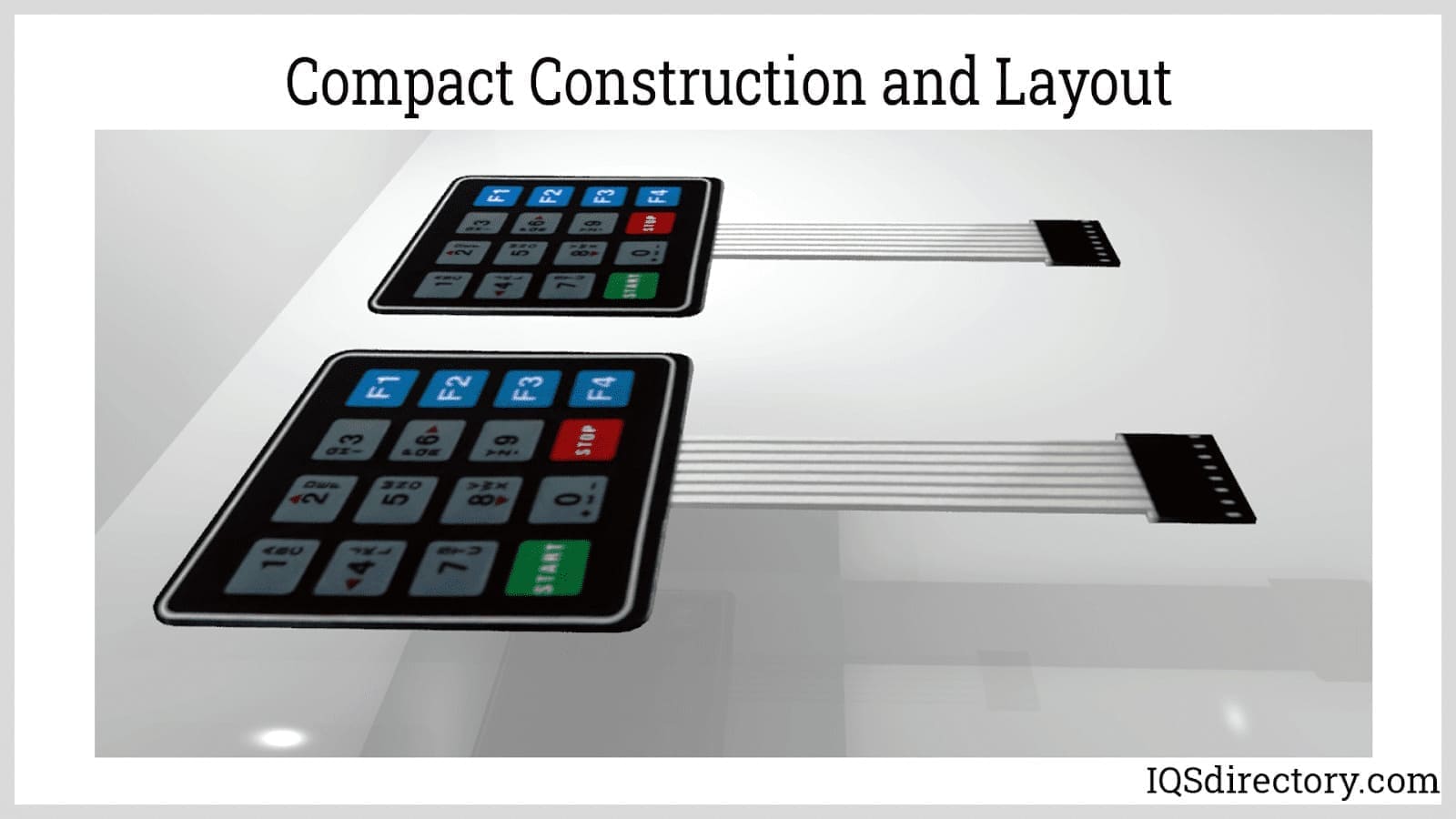Discover Exactly How a Membrane Switch Enhances Longevity and Functionality in Gadget
Wiki Article
Recognizing the Capability of Membrane Layer Switches for Customer Interface Devices
The performance of membrane changes stands for a substantial improvement in user interface design, integrating effectiveness with aesthetic adaptability. As markets progressively focus on individual experience, comprehending the subtleties of membrane layer button technology ends up being essential.What Are Membrane Layer Switches?
Membrane switches are ingenious user interface gadgets that assist in user communication with electronic tools. These flexible components include numerous layers, consisting of a visuals overlay, spacer, and a printed circuit layer. The design permits a smooth combination into numerous digital tools, boosting both the visual and functional facets of customer interfaces.
Membrane buttons are frequently used in a vast array of applications, from house home appliances to industrial machinery and medical gadgets. Their construction usually includes a thin account, making them a suitable choice for compact layouts. The tactile responses supplied by these buttons can be crafted to satisfy details customer choices, ensuring effective communication between the user and the gadget.
Sturdiness is one more considerable advantage of membrane buttons, as they are resistant to dust, moisture, and chemicals, which improves their life-span sought after environments. Furthermore, these switches can be personalized in regards to form, dimension, and graphic design, permitting for branding and user-specific functions. In general, membrane layer changes represent a practical service for boosting customer experience in digital devices, incorporating performance with visual allure in an efficient manner.
Exactly How Membrane Layer Changes Job
Operating on a straightforward concept, membrane switches over utilize a layered building and construction to sign up customer input properly. Each button includes several layers, consisting of a printed circuit layer, a spacer layer, and a top graphic layer, which are created to function with each other effortlessly. When a user presses the leading layer, it compresses the spacer layer, bringing the conductive elements of the circuit layer into contact with each other.This contact creates a shut circuit, signifying the device to implement a details function. The design enables numerous setups, consisting of tactile comments, which can improve the customer experience by giving a physical feeling upon activation. The products made use of in membrane layer buttons typically consist of versatile substrates, such as polyester or polycarbonate, which ensure longevity and durability against deterioration.

Secret Benefits of Membrane Switches

An additional considerable advantage is their density. Membrane layer switches are slim and light-weight, which enables manufacturers to save area in their devices without giving up performance. This feature is specifically helpful in applications where weight and quantity are essential factors to consider.
In addition, membrane layer switches are resistant to dust, wetness, and chemicals, boosting their sturdiness. This durability extends their life expectancy and reduces the requirement for constant replacements, resulting in expense financial savings gradually.
In addition, the tactile feedback provided by membrane layer buttons can be enhanced to boost customer interaction. They can include attributes such as raised switches or audible clicks, boosting functionality and individual experience.
Applications Across Industries
Interface tools using membrane layer buttons prevail in a vast range of industries, showcasing their adaptability Continue and functionality. Membrane Switch. In the clinical industry, membrane switches are indispensable to tools such as analysis devices and patient surveillance systems, where their longevity and ease of cleaning are vital for keeping hygiene criteria. Likewise, in the auto sector, these buttons are used in control panel controls and infomercial systems, giving a streamlined and contemporary user interface for customers.Furthermore, the customer electronics field gain from membrane layer buttons in home appliances and handheld devices, where compact layout and user-friendly user interfaces look at this site boost individual experience. Industrial applications also leverage membrane layer switches over for control board in equipment and automation systems, emphasizing their toughness and resistance to harsh environments.
In the aerospace and defense markets, membrane layer switches are made use of in cabin controls and devices, where integrity and performance under extreme problems are critical. Furthermore, the video gaming industry significantly includes membrane buttons in controllers and gallery equipments, adding to an engaging individual experience. Overall, the convenience of membrane switches over allows their widespread use throughout numerous fields, highlighting their relevance in modern-day interface design.
Future Trends in Membrane Layer Switch Modern Technology

Furthermore, making use of sophisticated materials, such as polycarbonate and polyester movies, is anticipated to increase, giving improved toughness and resistance to environmental stress factors. These materials add to the total longevity of membrane buttons, making them appropriate for harsher industrial applications.
Additionally, the consolidation of wise innovation, including IoT connection, will certainly allow membrane layer buttons to communicate with other tools and systems, assisting in an extra interactive individual experience. This pattern lines up with the growing need for wise gadgets throughout various markets, from healthcare to consumer electronic devices.
Lastly, modification choices are anticipated to increase, enabling makers to produce bespoke remedies tailored to particular user requirements and choices. These developments will place membrane layer switches as necessary parts in the development of interface modern technology.
Conclusion
Finally, membrane switches stand for a crucial advancement in interface innovation, offering a reputable and versatile option for varied electronic applications. Their split building helps with compact layout, while functions such as tactile responses improve user communication. The toughness against ecological elements further strengthens their utility throughout several industries. As innovations in product science and touch picking up innovations continue, the performance and applicability of membrane layer switches are anticipated to broaden, reinforcing their relevance in modern digital devices.
Report this wiki page